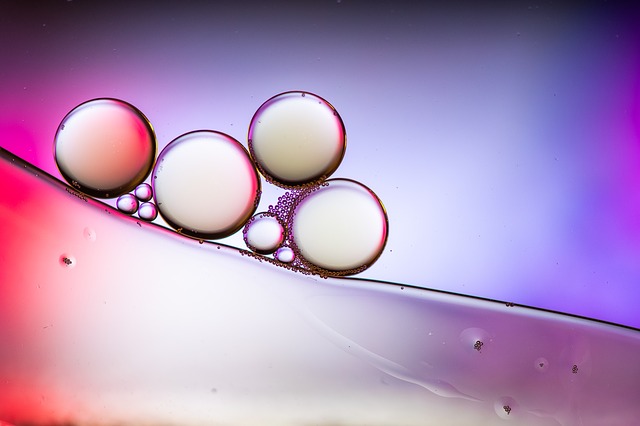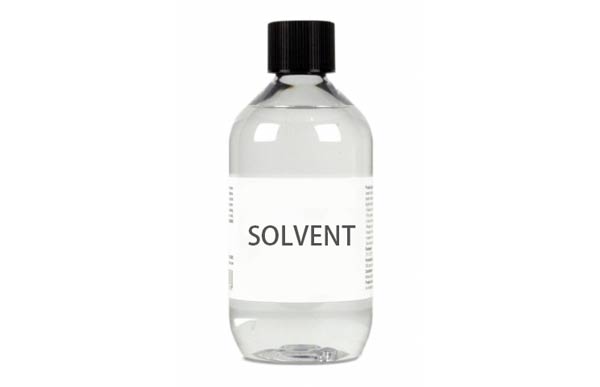Solvents for PU and PSA Adhesive

What is a Solvent?
Solute + Solvent = Solution
A solvent is a component that dissolves other solutes into a solution. For example, water is a kind of solvent for polar substances and the most common one fused in our daily life.
Today we gonna talk about the solvents for PU and PSA adhesives. Click here to know more information about water-based and solvent-based adhesives.
Why should we add the solvent in adhesive before operation sometimes?
We add the solvent for adhesive to adjust the viscosity in order to improve the operability in the coating process of the machine.
What kind of solvent would be usually used in solvent-based PU and PSA adhesive?
There are many kinds of solvents for PU and PSA adhesive.
Following are the four solvents commonly used in adhesive.
EAC: Ethyl acetate is the most common solvent used in adhesive. This kind of chemical is naturally present in many organisms, which is little risk of toxicity.
Advantage: Environment-friendly, odorless.
Disadvantage: Medium Boiling point (77℃), Lower Solubility
MEK: Methyl Ethyl Ketone, is a colorless liquid solvent with a strong, pungent odor.
Advantage: Lower toxicity.
Disadvantage: Medium Boiling point (79.64 ℃), Medium Solubility.
TOL: Toluene is a colorless liquid with some smell, primarily used as an industrial raw material and a solvent. It is water-insoluble but has good solubility in acetone and the majority of organic solvents.
Advantage: higher boiling point (110.6℃).
Disadvantage: Toxic, irritating to skin and mucous membranes, Lower Solubility
DMF: Dimethylformamide is a colorless liquid with a special odor for chemical reactions, with a low evaporation rate. It can miscible with water and the majority of organic liquids.
Advantage: higher boiling point (153℃), excellent solubility
Disadvantage: Toxic chemical substances
※Since 2009, the EU had banned Dimethylformamide (DMF) in consumer products, such as sofas and shoes
The Boiling Point & Solubility of the Solvent:
The definition of solubility is the maximum quantity of solute that can dissolve in a certain quantity of solvent or quantity of solution at a specified temperature or pressure (in the case of gaseous solutes). If a solvent has a high solubility in a solution, you can use only a small amount of solvent to dissolve the glue evenly.
The boiling point of a substance is the temperature at which the vapor pressure of a liquid equals the pressure surrounding the liquid and the liquid changes into a vapor.
The boiling point of the solvent may affect the production process of the glue. If the reaction requires a higher temperature, the low boiling point solvent will not be applied during the initial reaction process.
The comparison table of solvents for PU and PSA adhesives is below,
| Boiling point | DMF(153 °C)>TOL(110.6 °C)>MEK(79.64 °C)>EAC (77 °C) |
| Solubility to PU /PSA Adhesive | DMF>MEK>TOL≧EAC |
| Toxicity | DMF(Toxic Chemicals Potential)>TOL>MEK>EAC |
For more references and information about solvents please click here.
Non- solvent glues are arising due to the suppression of VOC emission in recent years
Recently, many countries have begun to pay attention to VOC emissions. Therefore, inquiries about non-solvent adhesive glue products are gradually increasing.
Chemixguru with non-stop and innovative technology also provides new solutions for this global situation.
For PU resin, Chemixguru provides PUR adhesive for non-solvent adhesive needs.
PUR adhesive is 100% solid content, solvent-free, and isocyanate (NCO) capped resin, which is called “reactive hot-melt Polyurethane”. PUR will make reactions with the moisture in the air, and allow it to form stronger bonds after the curing process is completed.
To learn more about PUR adhesive, please click here.
For PSA resin, Chemixguru provides UV-curable, pressure-sensitive adhesive systems (UV-PSAs)
UV-PSAs is one of non-solvent adhesive glue for the acrylic system, and it was ignited the reaction by applying UV light in a very short time.
Please don’t hesitate to contact us if you want to know more information about solvent-free adhesive glue
